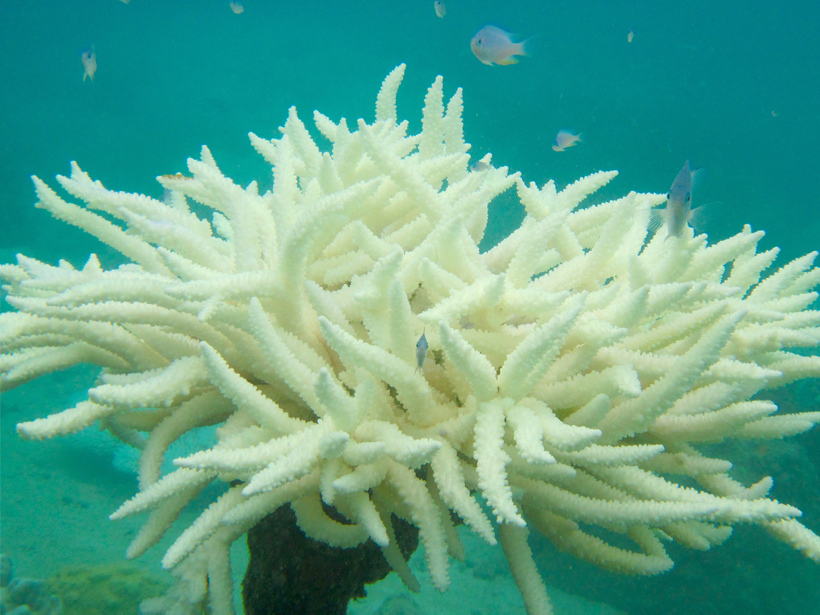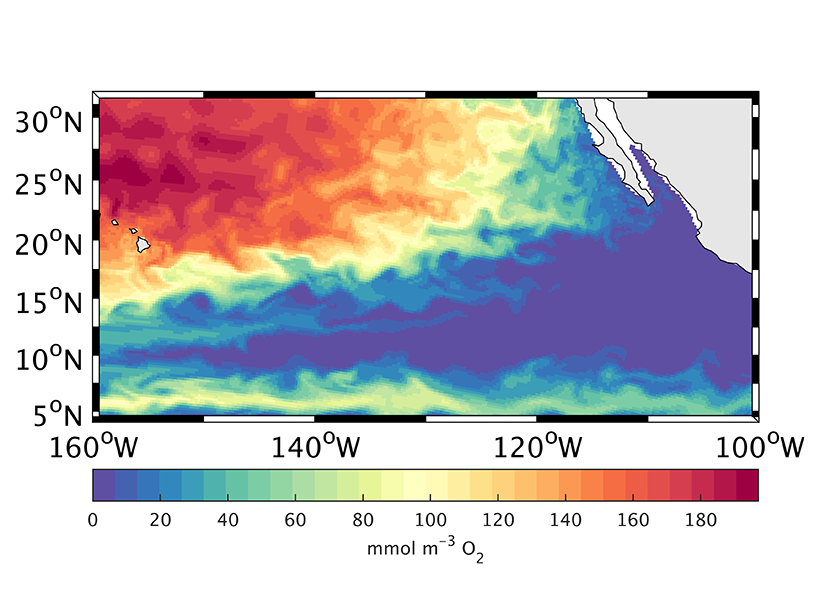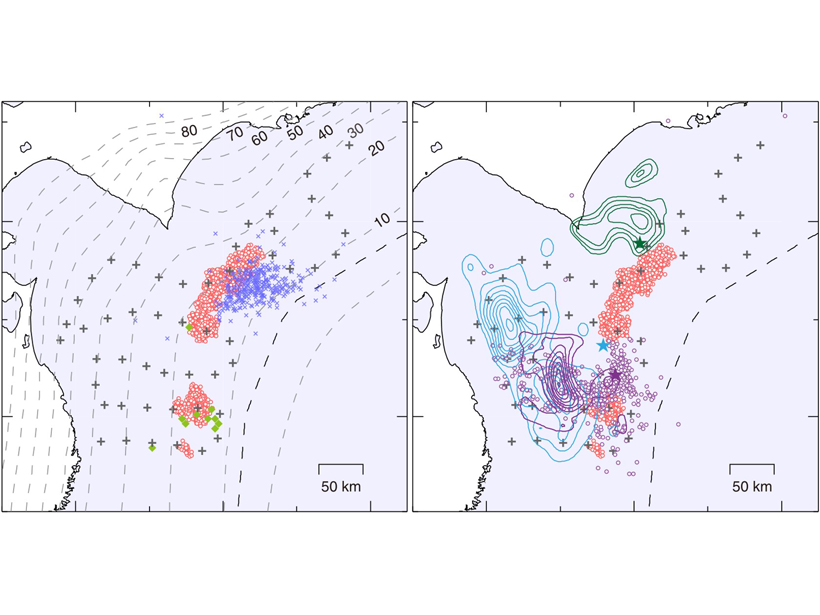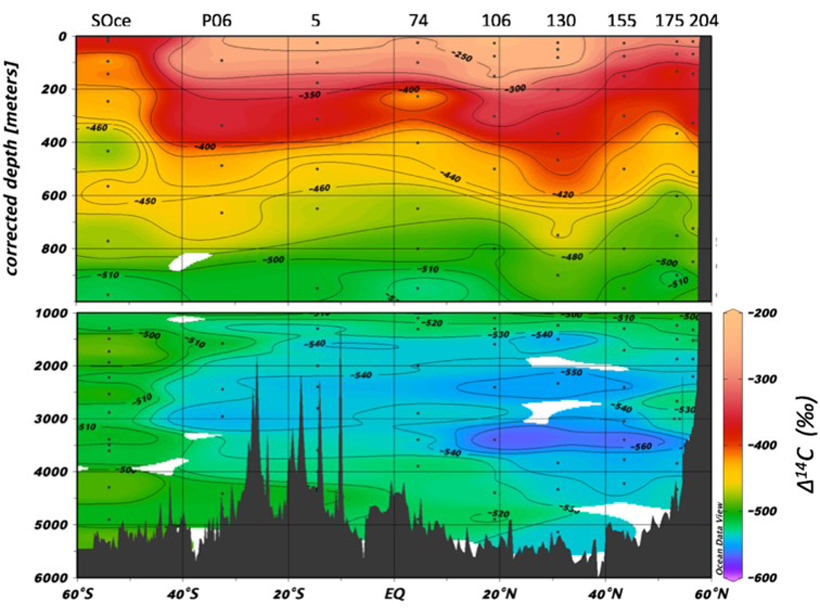New research indicates that longitude, as well as warming waters, may be a key predictor of coral bleaching events.
Pacific Ocean
Gravel Gives Clues to the Strength of Paleotsunamis
The roundness of sediment deposits may shed light on how big tsunamis were in the past and how to evaluate hazards in the future.
Volcanic Eruption Creates Temporary Islands of Pumice
Rafts of pumice, spewed from an undersea volcano, recently appeared in the South Pacific. These transient, movable islands are important toeholds for marine life like barnacles, coral, and macroalgae.
Great Pacific Garbage Patch Swim Nears Conclusion
Long-distance swimmer Ben Lecomte seeks to raise awareness about plastic pollution in the ocean.
How the Ocean’s “Shadow Zone” Breathes
A new study uses Argo floats and an ocean circulation model to track the sources supplying pulses of oxygen to the deep North Pacific.
The Kuroshio Current: Artery of Life
The waters of the Kuroshio Current in the northwestern Pacific Ocean transport heat, salt, and organic and inorganic matter from south to north, shaping the ocean ecosystem.
Far-Flung Dust Storms Deliver Nutrient Boosts to North Pacific
Barren marine deserts bloom seasonally with iron infusions from Asian dust storms.
Marshall Islands Nuclear Contamination Still Dangerously High
Today’s radiation levels at some locations were higher than in areas affected by the Chernobyl and Fukushima nuclear disasters.
Shallow Low Frequency Tremors in Japan Trench
A new seafloor seismic network detected low-frequency tremor on the subduction zone interface offshore northern Japan, indicating regions of slow slip in close proximity to shallow megathrust events.
Pacific Carbon Ages During Long Journey Along Ocean Floor
The radiocarbon signal of DOC with depth across the Pacific Ocean basin effectively supports a number of important theories that have been suggested over the years.










